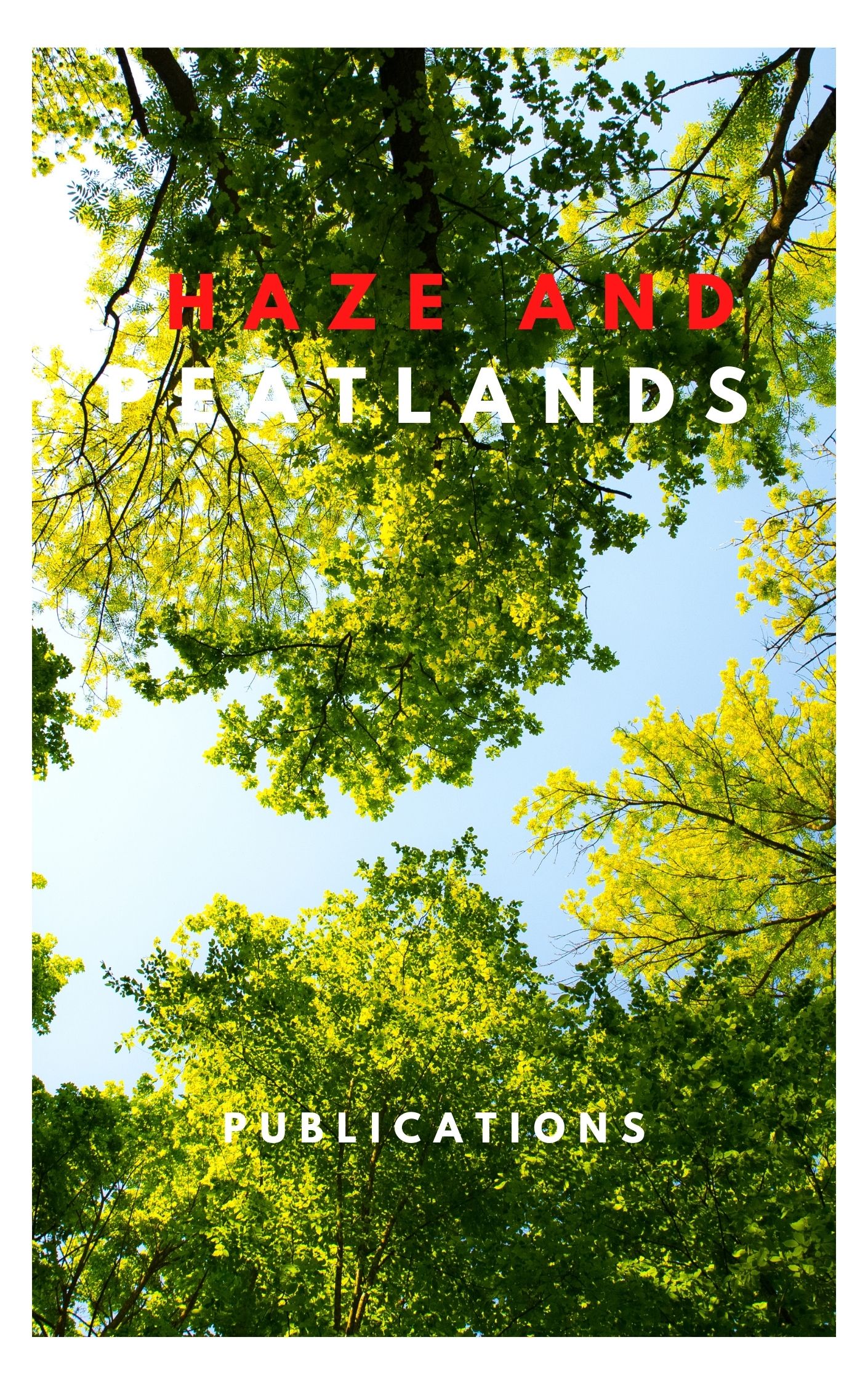Background Tropical peatland fires contribute to global carbon emissions and air pollution.Aims Enhance the globally used Canadian Fire Weather Index (FWI) system specifically over drained and undrained tropical peatlands in southeast Asia.Methodology We included simulated tropical peatland hydrology in the FWI, creating a new peatland-specific version of the FWI (FWIpeat). FWIpeat, the original FWI (FWIref) and the drought code (DC) were evaluated against satellite-based active fire occurrence from 2002 to 2018.Key results The DC shows superior performance in explaining fire occurrence over undrained tropical peatlands. Over drained peatlands, DC and FWIpeat show similar results, both outperforming FWIref. A comparison with an earlier study over boreal peatlands indicates much smaller improvements from FWIpeat for tropical peatlands, possibly due to a lower accuracy of the hydrological input data.Conclusions Our results highlight the importance of including information on deeper soil layers, i.e. the DC or groundwater table, when assessing fire danger.Implications Although this study offers a promising approach for operational fire management over tropical peatlands, we emphasise the need for further research to refine the hydrological input data and explore additional constraints from Earth observation data.
View source

